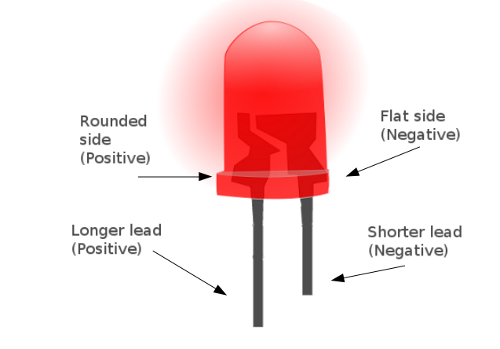
How to Identify Positive and Negative Terminals on an LED
LEDs, or Light Emitting Diodes, are a popular choice for lighting applications due to their energy efficiency and long lifespan. One of the most common issues when working with LEDs is identifying the positive and negative terminals. Connecting an LED incorrectly can cause it to not work or even be permanently damaged. In this article, we will discuss some methods to help you easily identify the positive and negative terminals on an LED.
Method 1: Using a Multimeter
One of the most reliable ways to determine the polarity of an LED is by using a multimeter. Set the multimeter to the diode setting and touch the black probe to the cathode of the LED (the shorter lead) and the red probe to the anode (the longer lead). If the multimeter displays a voltage drop, the cathode is connected to the black probe, indicating it is the negative terminal. If there is no reading, swap the probes and try again.
Method 2: Visual Inspection
Another method to determine the polarity of an LED is through visual inspection. Most LEDs have a flat spot on the base near the cathode, which can help you identify the negative terminal. Additionally, the cathode lead is usually shorter than the anode lead. By observing these physical characteristics, you can easily determine the correct orientation of the LED.
Method 3: Trial and Error
If you are still having trouble identifying the positive and negative terminals, you can resort to the trial and error method. Connect the LED to a power source with a current-limiting resistor and observe which orientation causes the LED to light up. Once you have determined the correct polarity, mark the leads for future reference.
Conclusion
Identifying the positive and negative terminals on an LED is essential for proper functioning and longevity of the component. By using a multimeter, visual inspection, or trial and error, you can easily determine the correct polarity of an LED. Remember to handle LEDs with care to avoid damaging them during the identification process.
Was this helpful?
0 / 0